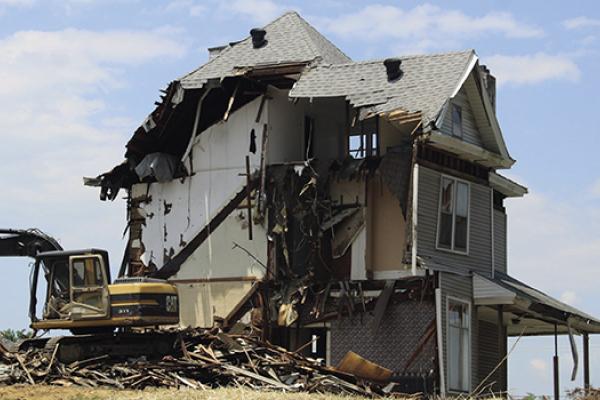Large-scale migration to so-called frontline states tends to be concentrated in certain areas. This is due to various reasons: access to employment, housing, and investment in public services. However, the very things that attract migrants to those localities also ignite tensions in the native populations, which feel a sense of competition with their new neighbours.
This investigation flips the common anti-migrant narratives on their head: it reveals how under-investment in public services creates both a dissatisfied native population and a pull factor for migrant residents.
The investigation uses data obtained from FOI requests, parliamentary questions, statistical authorities, research and other sources, as well as interviews with mayors, migrant community leaders and experts.
Key findings:
- Malta’s and Spain's populations have increased due to migration, as have tax revenues and social contributions over the period; however, budgets for services such as local councils, health facilities, and security—all frontliners in dealing with population pressures—have failed to keep pace.
- The Maltese government’s integration strategies have not taken into account local aspects and specific places where people reside.
- Taxes collected by the central government are poorly distributed to Malta’s local communities, which face rapid migration, overpopulation, and in some cases, also over-tourism.
- In lieu of public investment, the availability of well-paying private sector employment & previous long-standing social conditions have resulted in disparities between where high-income and low-income migrants reside, along with the tensions that come with it.
- Without public investment, mayors, NGOs and migrant community groups have stepped up to address local issues.
- Immigration into Spanish follows two trends. On the one hand, migrants from poorer countries arrive in Spain during their working years and often face greater difficulties in accessing public resources. On the other hand, those from wealthier countries migrate to retire or rest and make far less use of public services.
- Housing and registration are the main factors that distinguish wealthy migrants from poorer ones in Spain. For years, the former have obtained residence permits by purchasing property. By contrast, poorer migrants struggle to find affordable housing, and without it they are unable to access most public resources.
On the right: Image by Joanna Demarco







